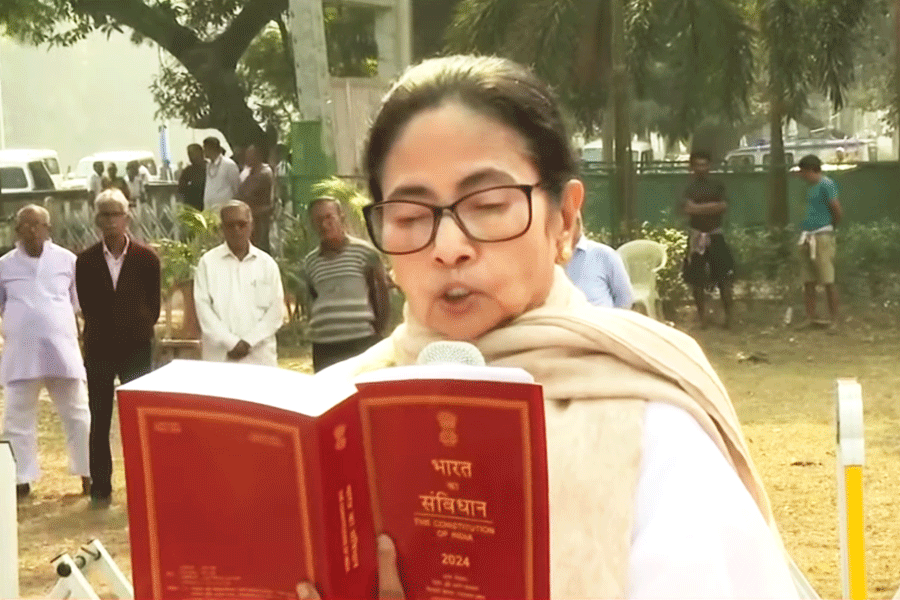Retirement, an otherwise humdrum space that rarely spawns headlines, is abuzz with news emanating from behind the bamboo curtain. China has announced plans to systematically raise the official retirement age. The latter, said to have remained stagnant for decades, may be viewed through the prism of two critical metrics: a bloated pension bill and an ageing population. Both are relevant in the Indian context and hold a lesson for policymakers in our country.
Let us quickly refer to the ground reality in India. We have a medley of niggling issues: increasing longevity, a demographic profile changing in favour of senior citizens, old-age financial dependency, large-scale unemployment, and an under-pensioned society. The situation gives rise to uncomfortable questions. Is there a possibility of our pension pot running dry? Do we have the wherewithal to sustain our elderly? Are ordinary Indians able to save more for their superannuated years?
The next two decades will see a huge number of people, now in their 40s and their late 30s, leaving the workforce. Members of this age group will pose an enormous challenge for our planners. How do we accommodate them in an economy where life expectancy is higher, retirement planning is markedly inadequate, medical care is more expensive than ever, and the possibility of outliving one's corpus imposes a constant worry? Serious, long-term policy changes are necessary to address these issues.
Retirement age is a rather touchy subject. The last decade has witnessed intense debate on this very topic in the context of pension reforms around the world. France, for instance, has seen street-level agitation when it attempted to raise the superannuation age from 62 to 64. Such moves are bound to have a marked social impact. For one, it will have a negative bearing on the employment of younger people. A bigger worry relates to pension commitments. For a country like India, the pension bill constitutes a vital part of the national budget.
Retirement age has lately gained currency in India. The government maintains that there is little statutory uniformity at the national level. A claim that Central government employees will henceforth have a higher retirement age has been debunked. Yet a bitter truth cannot be ignored: outliving one's retirement savings is a typical Third World reality. There is no succour for Indians, burdened as they are by poor planning and many other constraints. Our high savings rate notwithstanding, there is great reliance on low-yielding bank and postal deposits, which barely cover the impact of inflation.
Nevertheless, the retirement savings narrative is morphing, thanks to policy initiatives on financial inclusion and financialisation. There is far greater awareness than ever; but a lot more needs to be done. The national narrative on social security must be tweaked to combat our demographic shifts. Yes, there will be implications for individual savers and, yes, policy mavens must work out new solutions. A robust pension infrastructure — I hope the pension fund regulator, PFRDA, is allowed to spearhead it — is needed to ensure the well-being of our ageing population.
Indians must answer a few straightforward questions. Should retirement-age citizens keep working to sustain their home and hearth? How do we accommodate fresh blood that is streaming into the national labour market every year? How can social security be delivered in an inexpensive, transparent manner? Divided as we are into two distinct groups — the pension haves and the pension have-nots — the future will hold challenges for both.











